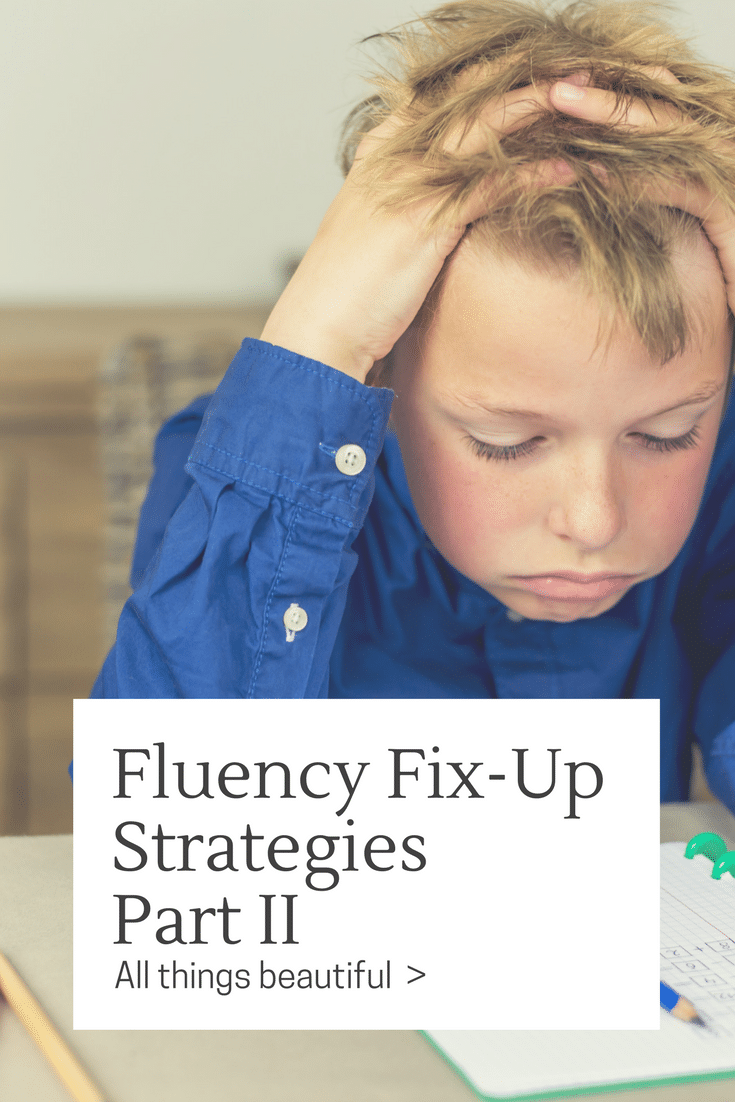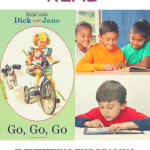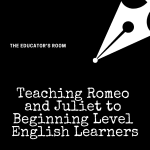In my previous post, I wrote about the importance of fluency instruction and the benefit of explicit teaching of phrases to improve fluency. According to Timothy Rasinski:
Reading fluency refers to the ability of readers to read quickly, effortlessly, and efficiently with good, meaningful expression. (The Fluent Reader, Pg. 26)
Good readers need to be able to decode quickly with automaticity, read with expression and have an appropriate speed. Good readers also know when to adjust their speed depending on the text they are reading, but that is a topic for another day. Oral reading is a tremendous activity to build, improve, and maintain effective fluency for all readers.
[bctt tweet=”Oral reading is a tremendous activity to build, improve, and maintain effective fluency for all readers.” username=”EducatorsRoom”]
So, what strategies can teachers implement in their classroom to offer fluency instruction, modeling, and practice for students that will be engaging and beneficial? In his book, Rasinski, recommends several ideas that I will summarize here. These strategies are helpful for students reading below grade level and for average to above average readers. I have much respect for Mr. Rasinski’s work in the field of reading fluency. But, do these strategies work? I can tell you that they do because I have been using them for years with students in kindergarten to grade eight. Of course, your job as a teacher to select the method that will best suit your student(s) after diagnosing their strengths and weaknesses.
Oral Reading Strategies to Improve Fluency
1. Choral Reading– Entire groups, large or small, read the same text in unison. Poems are perfect for this and because they are usually short, you can read them several times. However, almost any text can be read chorally. Usually, I project the poem onto my Smart Board and the students have a copy of the text. Struggling readers can look at the text and listen to the words. When they feel comfortable, they can join in on repeated readings.
2. Line-a-Child– Each child reads individually one or two lines of text (again poems are great) and the whole group reads the final line or lines together.
3. Reader’s Theater– Using scripts that are teacher or student written, students perform a dramatic reading of a longer text such as a chapter book or novel. Minimal props and movement are used, and although students spend time practicing their lines, they usually hold and read from a script.
4. Antiphonal Reading– Divide the class into groups and assign a section of text (a poem or song lyrics) to each group. The groups read their portion of the text aloud and the whole class reads the refrain or chorus.
5. Call and Response– One student reads a line or two of text (again a poem or song lyrics) and the rest of the class responds by repeating the lines. Or, after a student reads, the rest of the class can read in unison the next few lines or the refrain.
6. Paired Reading- Group students into pairs with one of the readers being more advanced. Pairs can include two students, a teacher and student, a parent and child, an older student and a younger one. Students can choose the text. One person reads aloud as another listens and follows along by looking at the words. Some elementary teachers use this daily as a “Read to Someone” or “Read to a Partner” activity. To emphasize comprehension, you can structure this more by having prompts for the students to discuss after reading.
7. Radio Reading– An alternate to Round Robin reading, this activity is a form of Repeated Reading. Assign parts of a text to be read aloud a day or so before the oral reading. Use texts that students have already read silently so they are familiar. Students can stand to read the text using expression and intonation and a fake microphone.
8. Book Talks– The point of a Book Talk is to “sell” a book to the class. Having students select a favorite passage to read aloud builds in oral reading and an authentic reason for doing so.
9. Reading Buddies- Match older students with younger students (when I did these middle school students were matched with first graders). The students read to each other with the older student acting as a tutor to help the younger reader as needed.
10. Make a Recording– Have older students make a recording of them reading a text for younger readers. The teacher can have students listen to these recordings in a listening center.
Most of these activities involve performance reading where students have to practice repeated reading in preparation for some type of performance. Others, in particular, the last three, involve students in authentic tasks where they may not even be aware that they are working hard on their fluency! This is much more engaging and productive than assigning more artificial fluency tasks.
Disclaimer: This book was the possession of the reviewer. Neither The Educator’s Room nor the reviewer received any compensation for this review. The opinions contained in this review are those of the reviewer alone and were written free of any obligation or agreement with the publisher. If you have any questions regarding book reviews, see our full disclaimer or contact The Educator’s Room Book Review Editor.
[/fusion_builder_column][/fusion_builder_row][/fusion_builder_container]







